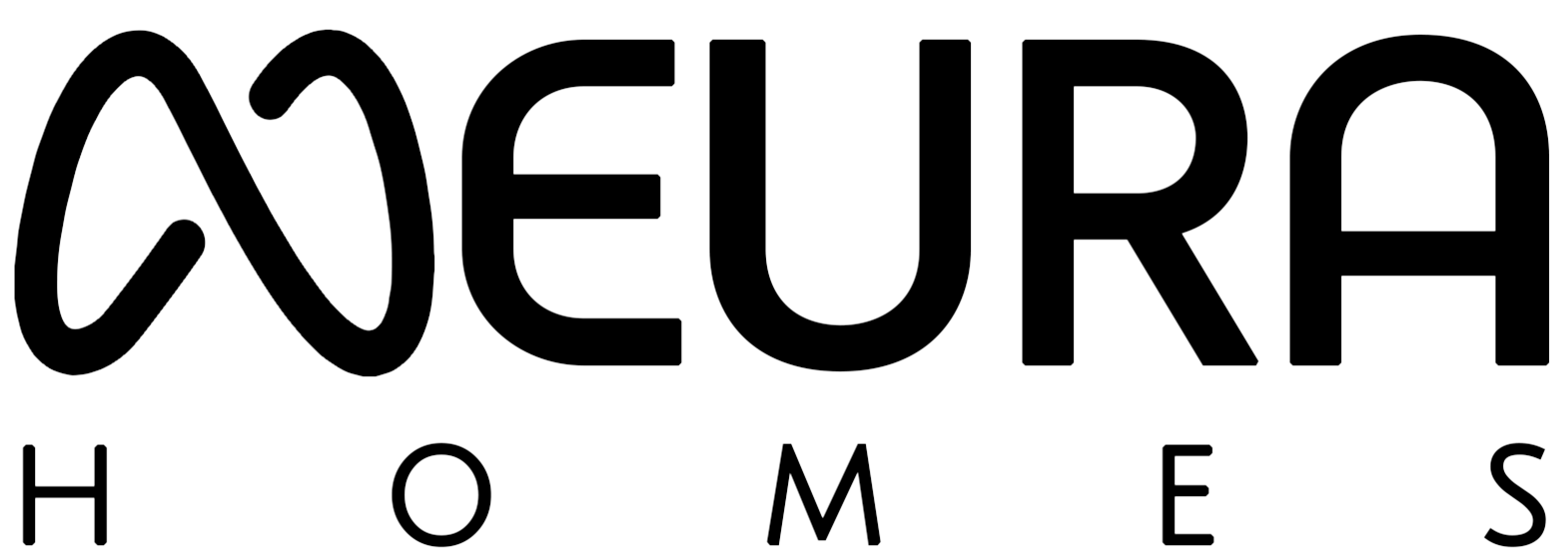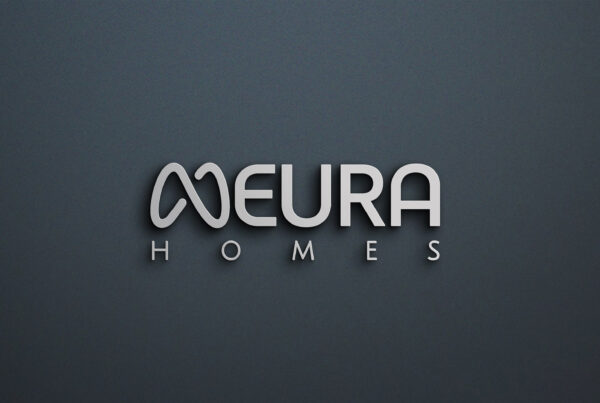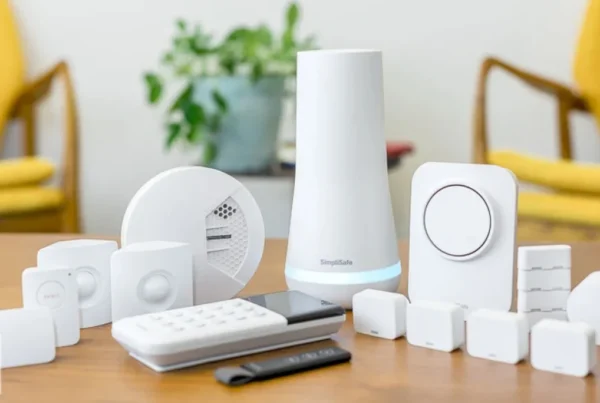Smart home technology is evolving rapidly, and 2025 promises groundbreaking innovations. With advancements in AI, automation, and energy efficiency, smart homes will become more intuitive and sustainable. Homeowners will experience seamless connectivity, enhanced security, and greater convenience. But what trends will define the future of smart living? Here’s what to expect in 2025 and beyond.
1. AI-Driven Home Automation
Artificial intelligence will take center stage in smart home technology. Expect smarter virtual assistants capable of predicting user preferences and automating daily tasks. Key developments include:
- AI-powered climate control that adjusts settings based on personal routines.
- Predictive maintenance, alerting homeowners about potential appliance failures.
- Smart kitchens with AI-driven meal planning and cooking assistance.
These AI advancements will make homes more efficient and responsive to residents’ needs.
2. Enhanced Smart Security Systems
Home security will continue to evolve with AI-powered surveillance and biometric access controls. In 2025, we can expect:
- Facial recognition for seamless and secure entry.
- Advanced motion detection that differentiates between pets, humans, and intruders.
- Cloud-based security monitoring, allowing remote access to surveillance footage.
These enhanced security features will make smart homes safer and more resilient against threats.
3. Energy-Efficient Smart Homes
With sustainability at the forefront, smart homes will integrate energy-efficient solutions like:
- AI-driven smart grids to optimize electricity usage.
- Solar-powered homes with automated energy management.
- Water conservation systems using smart sensors.
These eco-friendly innovations will help homeowners reduce utility costs and minimize their carbon footprint.
4. The Expansion of Matter Protocol
Interoperability between smart home devices has been a major challenge. The Matter protocol, an industry standard for seamless device connectivity, will gain widespread adoption in 2025. This means:
- Smart devices from different brands will work together effortlessly.
- Faster setup and easier integration of smart home ecosystems.
- Greater reliability with more stable connections.
This development will make smart homes more accessible and user-friendly for homeowners.
5. The Rise of Smart Home Robotics
In 2025, we’ll see a rise in home robotics, designed to handle everyday tasks. Innovations will include:
- AI-powered cleaning robots that map and adapt to spaces.
- Smart home assistants that manage deliveries and home security.
- Elderly care robots providing assistance and companionship.
These autonomous home solutions will redefine the way people interact with their living spaces.
6. Voice Control and Gesture Recognition
Voice assistants like Alexa, Google Assistant, and Siri will become even more sophisticated, offering:
- Multi-user recognition for personalized responses.
- Gesture-based controls for hands-free automation.
- Seamless integration with home entertainment and smart devices.
With improved natural language processing, smart homes will be more intuitive and interactive than ever.
Conclusion
The future of smart home technology in 2025 is exciting, with AI, automation, and energy efficiency leading the way. Homeowners can look forward to enhanced security, seamless device connectivity, and smarter home management. As innovation continues, NeuraHomes remains at the forefront, providing cutting-edge solutions for a smarter, safer, and more efficient home.
🚀 Upgrade your home with NeuraHomes today!




